The site (BAgoClassical.sk/en) details the current offers in symphonic, chamber and opera music, as well as ballet, and some other projects. Apart from an overview of musical personalities connected with the capital, the site has a unique feature – a musical map that details key music-related points of interest in Bratislava.
“The Bratislava Tourist Board had an idea to stress Bratislava’s musicality and to unify its presentation towards visitors, mainly abroad,” Jozef Lupták, the art director of the project, told The Slovak Spectator. “They wanted to present the “haute culture” of the Slovak capital and invented this umbrella name, Bratislava Goes Classical. Apart from presenting events organised by other institutions or groupings, they also wanted to have their own project so a tender was opened and we, the Konvergencie festival and project, won.”
Lupták added that for now, the project includes 12 concerts in one year, having started in November 2014 and ending in December 2015 with the outlook for some kind of continuation. “What I liked most has been the fact that each concert includes a master class, seminar or workshop for music students of the conservatory, the Academy of Performing Arts – which thanks to its quality and experience its guest performers can enhance the music scene in Slovakia,” he added.
Launched by the Bratislava Tourist Board (BTB), the web site is offered in five different languages – an indication of the desire to target foreign visitors. Launched in late 2014, it was created by Martin Horváth and František Morong from the BTB and it is the first joint product of collaboration between BTB and flagship Slovak cultural institutions like the Slovak Philharmonic, Slovak National Theatre, Musical Centre and some selected organisers of festivals and musical cycles, Morong told The Slovak Spectator.
“The goal of this project is to create a collaboration of the crucial players in classical music in Bratislava, to define the system of mutual cooperation so that it can exist over the long term and be mutually favourably, while also increasing the amount of domestic and foreign tourism here,” he said.
There is also a concert cycle specifically made for this project, Hudobné večery na hrade / Musical Evening at the Castle, organised by the Konvergencie / Convergences project. Konvergencie is led by Slovak cellist Jozef Lupták who is also the art manager of the Bratislava Goes Classical project, while the BTB is the producer. The chamber cycle is meant for smaller groupings of musicians, up to seven people.
“Our aim is to make space for a wider offer for hotels, but mostly programme through the artistic multi-lingual format of musical production concentrated in the destination,” Morong said.
“I see a big potential here, and as we – Konvergencie – have a good base of audience members and all concerts have been full,” Lupták said. “BTB focuses on potential foreign guests and attention abroad. I think this is achievable but this is rather a matter of years, it seems to me, even though they would like to complete it sooner. The future will show whether they can succeed. Bratislava is doubtlessly a musical city, and it is a good idea to concentrate on its presentation; but such ideas take time, space and also more targeted clients.”
Lupták added that apart from foreign performers, the project will also focus on talented Slovak musicians.
The next concert of the Music Evenings cycle is 14 Strings on April 20 at the Bratislava Castle. It features the works of romantic virtuosos Paganini and Giuliani, as well as exotic and temperamental compositions by Manuel de Falla and the tango-inspired music of Astor Piazzolla. Lupták will play with Briton Daniel Rowland on violin and Italian Alberto Mesirca on guitar.
Concerts in May and June will present Japanese soprano Shigeko Hata performing a selection of operatic arias, accompanied by Daniel Brunovský on piano, Lupták on cello and Martin Krajčo on guitar. Later, the Solamente Naturali troupe will perform 18th century songs and dances by Anna Szirmay-Keczerová.


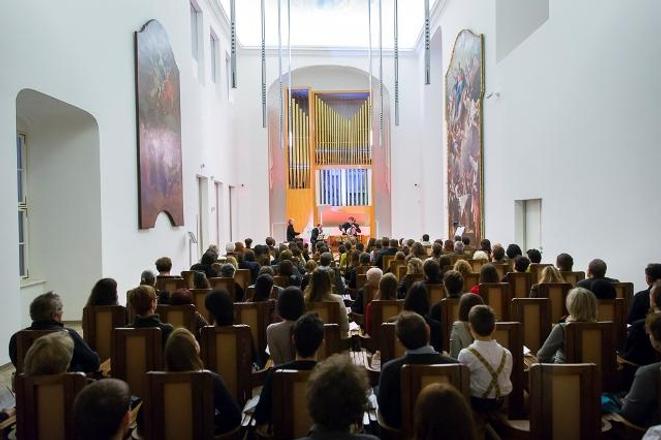 Musical Evening at Bratislava Castle (source: Zdenko Hanout)
Musical Evening at Bratislava Castle (source: Zdenko Hanout)
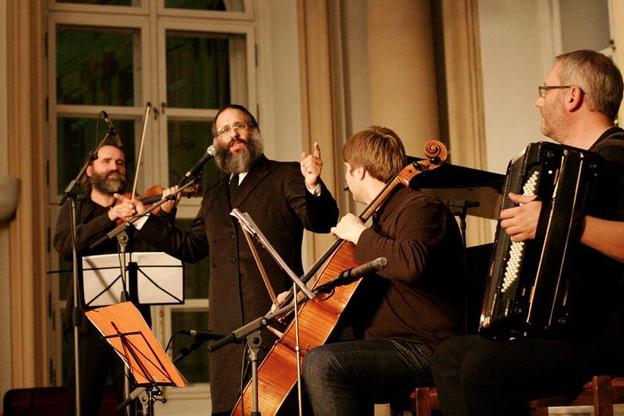 Chassidic Songs, one of the Musical Evenings concerts. (source: Courtesy of Konvergencie)
Chassidic Songs, one of the Musical Evenings concerts. (source: Courtesy of Konvergencie)
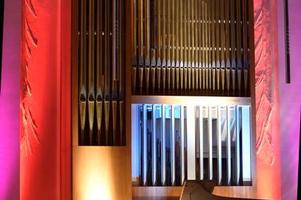
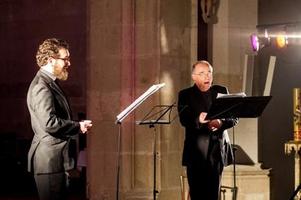

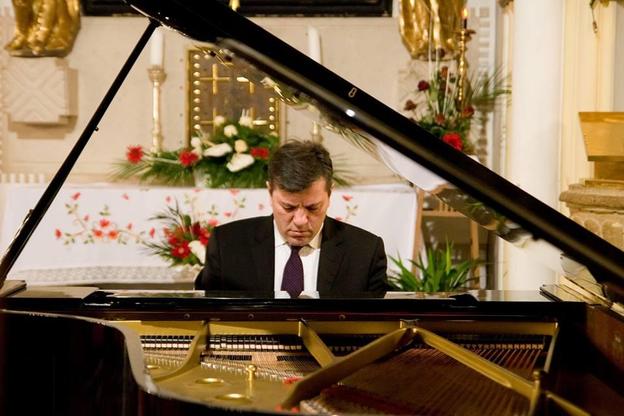 Aleksandar Serdar, Serbia - the January concert. (source: Courtesy of Konvergencie)
Aleksandar Serdar, Serbia - the January concert. (source: Courtesy of Konvergencie)